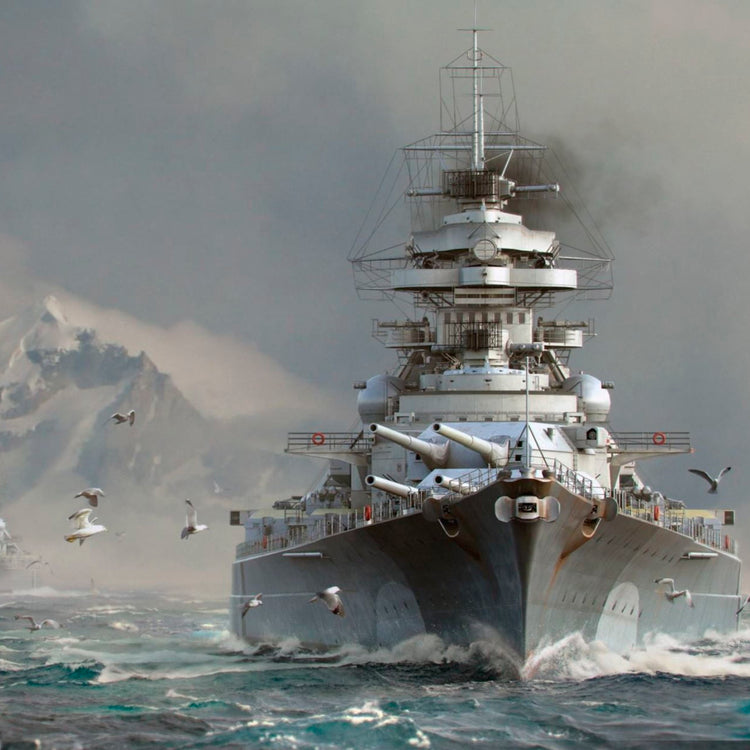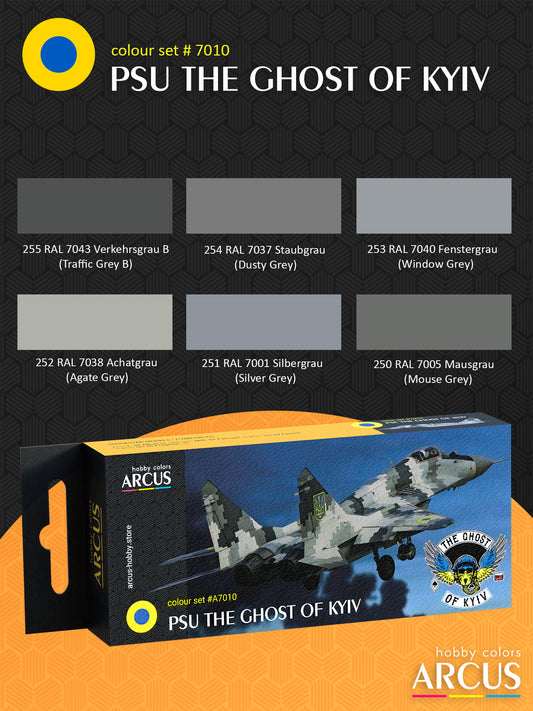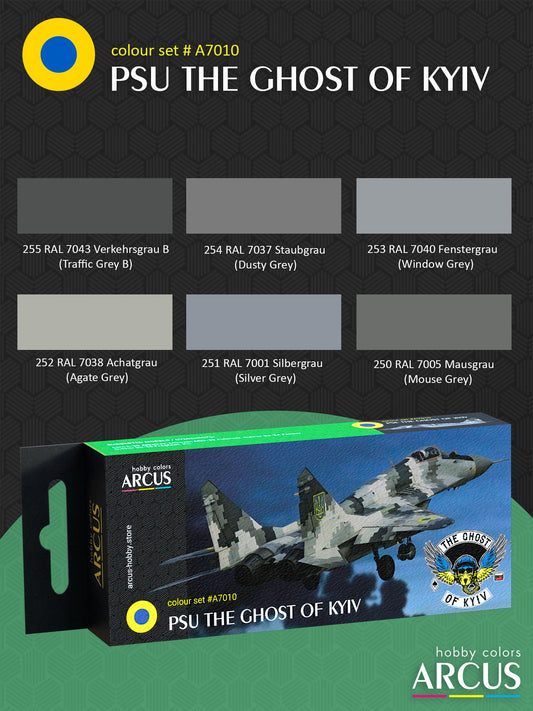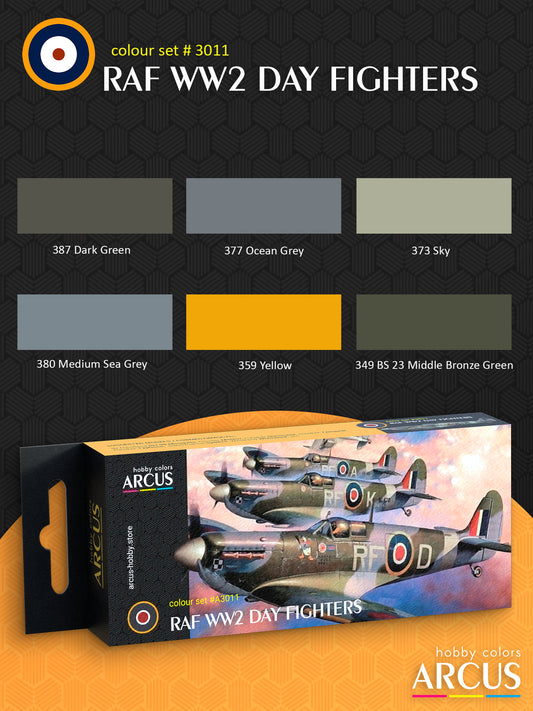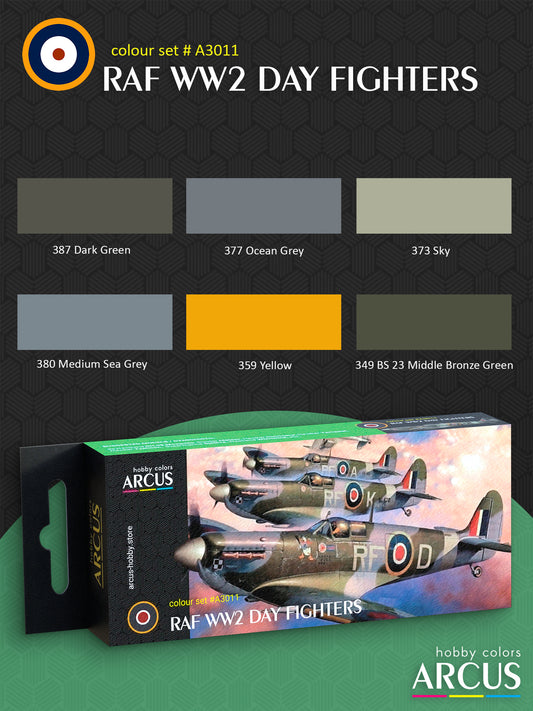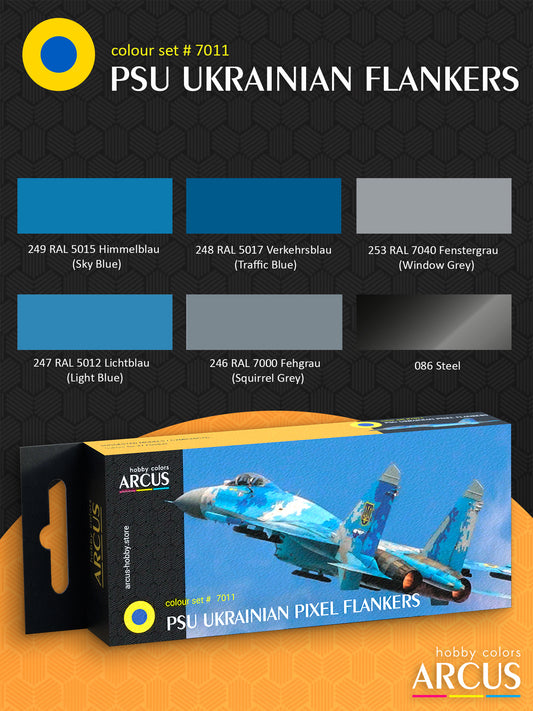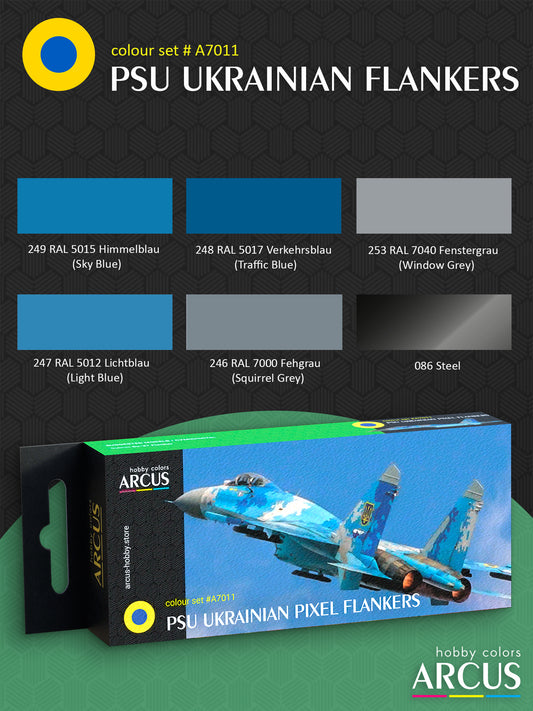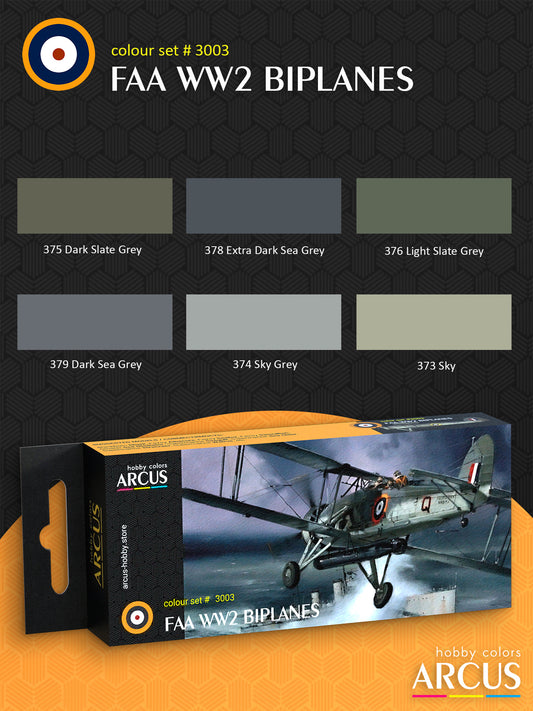The Kriegsmarine, Germany's naval force during World War II, was established on May 21, 1935, through the reorganization of the naval fleet of the Weimar Republic, known as the Reichsmarine. Reichsmarine faced considerable limitations imposed by the Versailles conditions, strictly regulating the number and total displacement of its vessels. Additionally, both the submarine fleet and naval aviation were subject to stringent prohibitions.
German Kriegsmarine in Action
During the Reichsmarine era, Germany clandestinely initiated submarine construction in the Netherlands through Ingenieurskaantor voor Scheepsbouw (IvS). Simultaneously, secret developments in naval aviation, initially under Reichsmarine, were transferred to the jurisdiction of the Luftwaffe in 1933. Following the Naval Agreement of 1935 between the UK and Germany, which eased strict Versailles restrictions, the construction of the new German fleet gained momentum. On July 9, 1935, Germany announced a new shipbuilding program, planning to commence the construction of 2 battleships, 2 cruisers, 16 destroyers, and 28 submarines in 1935. Additional battleships and an aircraft carrier were slated for construction in 1936.
The combat journey of the Kriegsmarine began during the Spanish Civil War, with their presence noted along the coast of Spain, although direct engagements were limited. A significant early battle was the Battle of the River Plate on December 13, 1939, resulting in the sinking of the cruiser Admiral Graf Spee and a victory for the Royal Navy. This battle was a small part of the broader Battle of the Atlantic, spanning from 1939 to 1945, concluding with Germany's defeat.
In this campaign, the primary objective for the German fleet was access to the North Sea, achieved through operations like Exercise Weserübung, part of the campaign to capture Norway and Denmark. Subsequently, the German fleet aimed to disrupt convoys supplying military goods and aid via the Lend-Lease program from the U.S. to Britain. Similar goals were pursued in the Arctic waters, where convoys supplied aid to the Soviet Union.
A notable success was the blockade of the Soviet Baltic Fleet by the Kriegsmarine and the Finnish Navy, restricting Soviet ship movements in the Baltic Sea and facilitating unimpeded trade between Germany and Sweden until Finland exited the war in 1944. In 1945, a considerable number of vessels were lost to Soviet submarine attacks, with notable sinkings including the "Wilhelm Gustloff," "Goya," and "General Steuben."
The German submarine fleet also proved formidable, particularly in the waters of the Mediterranean. U-331, a German U-boat, sank HMS Barham in November 1941, along with the British aircraft carrier HMS Ark Royal in the same month. In December 1941, the light cruiser HMS Galatea was destroyed. In the summer of 1942, another British aircraft carrier, HMS Eagle, was sunk, making the actions of the German Navy highly successful and impactful.
During World War II, the Kriegsmarine sank notable surface vessels of the Royal Navy, including one aircraft carrier and one battleship. Submarines, on the other hand, were responsible for the sinking of 2759 merchant ships and 148 Allied vessels, including two battleships, three aircraft carriers, and three escort carriers. In May 1945, as part of Operation Regenbogen, the German command decided to scuttle German ships to preserve the honor of the fleet. This included the battleship "Gneisenau," heavy cruisers "Admiral Hipper" and "Lützow," the aircraft carrier "Graf Zeppelin," more than 200 submarines, and others.
Kriegsmarine Warship Camouflage
The Kriegsmarine, Germany's navy during World War II, crafted its ship camouflage with a departure from the straightforwardness of gray tones. Tracing back to 1896, the Navy initially embraced a gray scheme with two shades, an inheritance from World War I. The hulls were adorned in dark gray, superstructures in vivid gray, underwater sections in red, and auxiliary ships in black, accented with white elements. Over time, standardized patterns emerged, with the color of the decks varying based on the material.
As World War II unfolded, the Kriegsmarine embraced a standard two-colored 50/51 scheme, initially applied widely during the Norwegian Campaign in 1940. This scheme underwent modifications, including yellow and later red roofs on gun mounts. Innovative patterns like the Baltic Strip and spotty gray schemes were introduced. Splinter-pattern camouflage gained popularity, characterized by contrasting gray shades and geometric figures, particularly in northern latitudes.
In 1942, Gaussian camouflage surfaced, featuring lengthy strips refracting or diverging. Concealment camouflages, varying by location and season, included schemes for the Tirpitz hiding in fjords and the Scharnhorst with destroyer contours. By 1943, destroyers showcased starting point stripes, diverging from a central point. Transport and auxiliary ships experimented with diverse, Razzle Dazzle-inspired patterns, appreciated post-war for their scientific approach to naval camouflage by the Americans.
Kriegsmarine Color Standards
The German fleet adopted a unique format for colors, consisting of color names and two-digit codes, such as Hellgrau 50 or Dunkelgrau 51. Despite the introduction of the RAL color standard in Germany in 1927, some similar equivalents of marine colors are contained within it, but they do not essentially serve as full analogs.

 VenteDistributeur :Arcus HobbyPrix habituel $1.36 USDPrix habituelPrix unitaire par
VenteDistributeur :Arcus HobbyPrix habituel $1.36 USDPrix habituelPrix unitaire par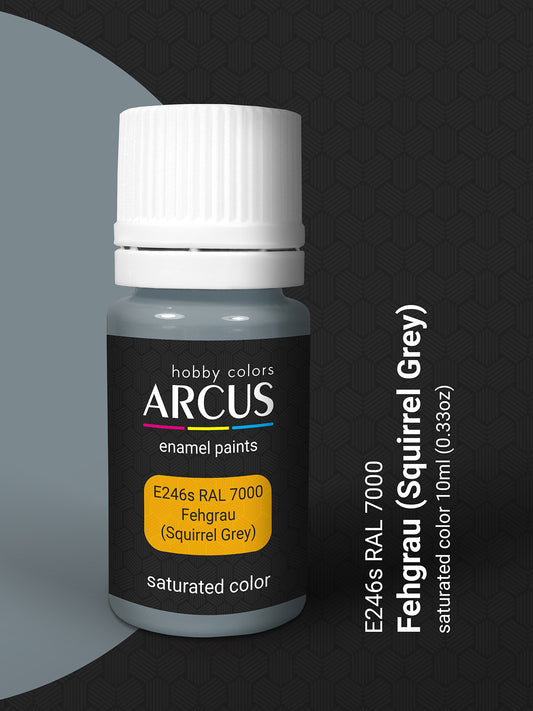
 VenteDistributeur :Arcus HobbyPrix habituel $1.36 USDPrix habituelPrix unitaire par
VenteDistributeur :Arcus HobbyPrix habituel $1.36 USDPrix habituelPrix unitaire par
 VenteDistributeur :Arcus HobbyPrix habituel $1.36 USDPrix habituelPrix unitaire par
VenteDistributeur :Arcus HobbyPrix habituel $1.36 USDPrix habituelPrix unitaire par
 VenteDistributeur :Arcus HobbyPrix habituel $1.36 USDPrix habituelPrix unitaire par
VenteDistributeur :Arcus HobbyPrix habituel $1.36 USDPrix habituelPrix unitaire par
 VenteDistributeur :Arcus HobbyPrix habituel $1.36 USDPrix habituelPrix unitaire par
VenteDistributeur :Arcus HobbyPrix habituel $1.36 USDPrix habituelPrix unitaire par
 VenteDistributeur :Arcus HobbyPrix habituel $1.36 USDPrix habituelPrix unitaire par
VenteDistributeur :Arcus HobbyPrix habituel $1.36 USDPrix habituelPrix unitaire par















